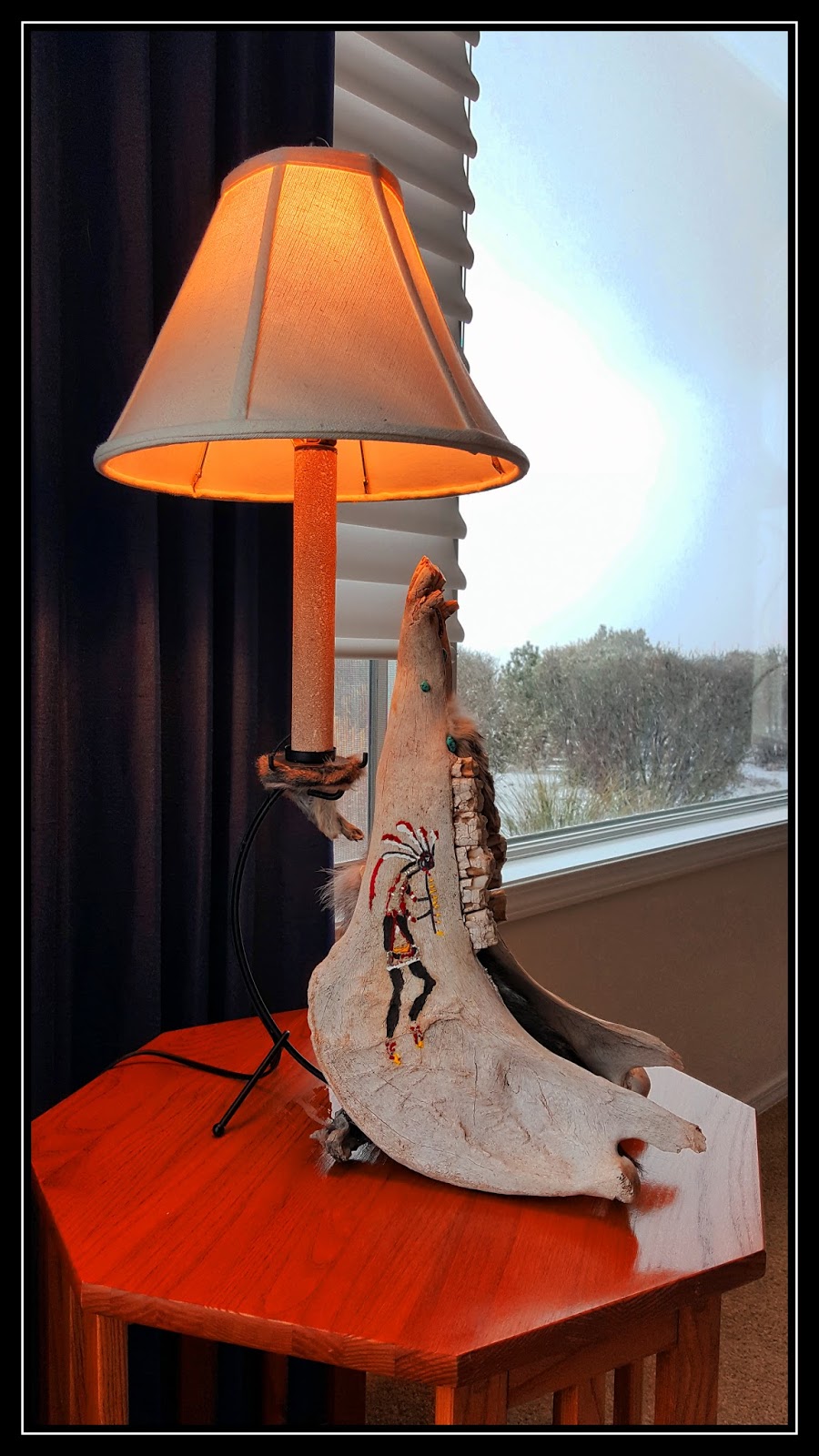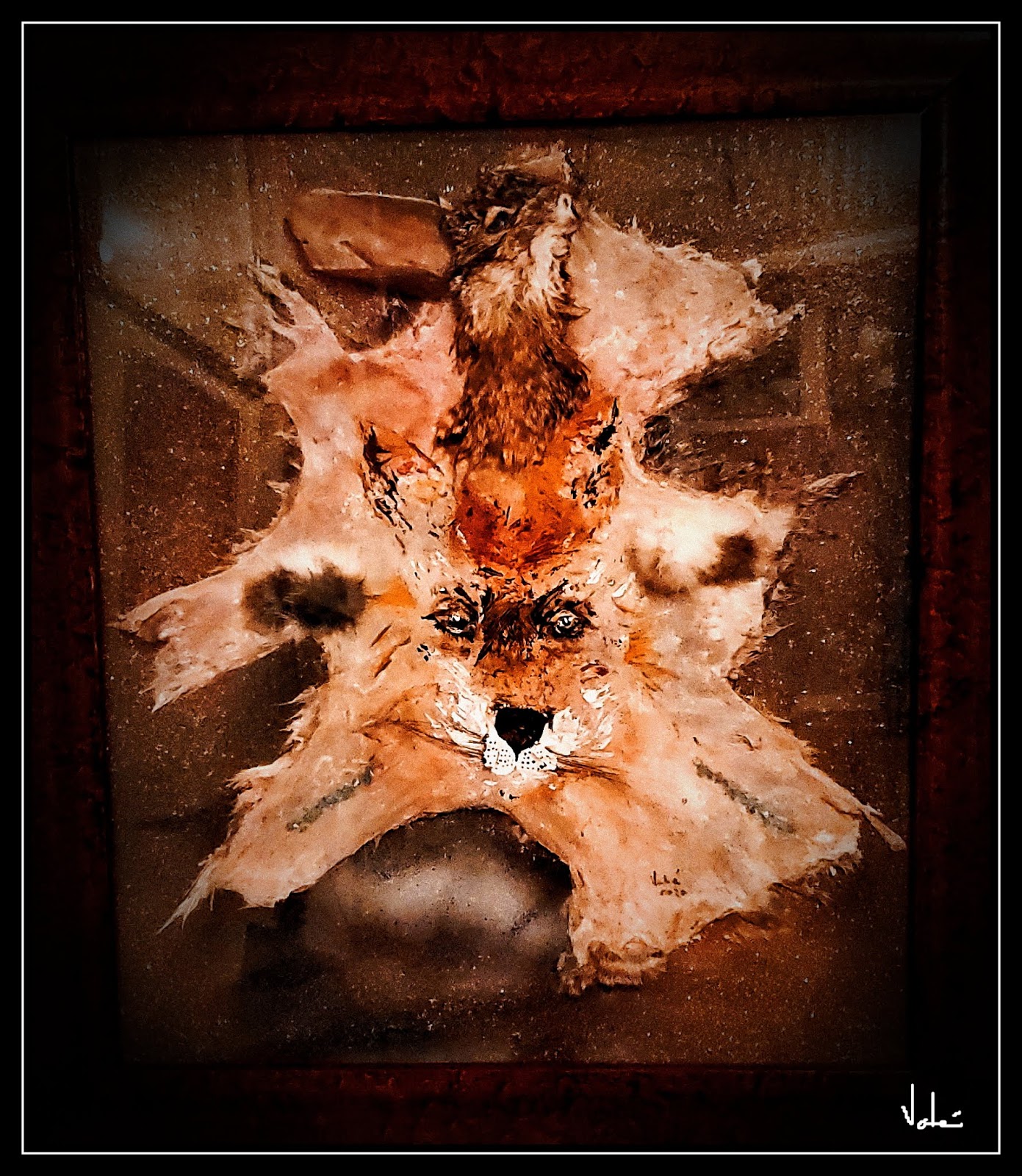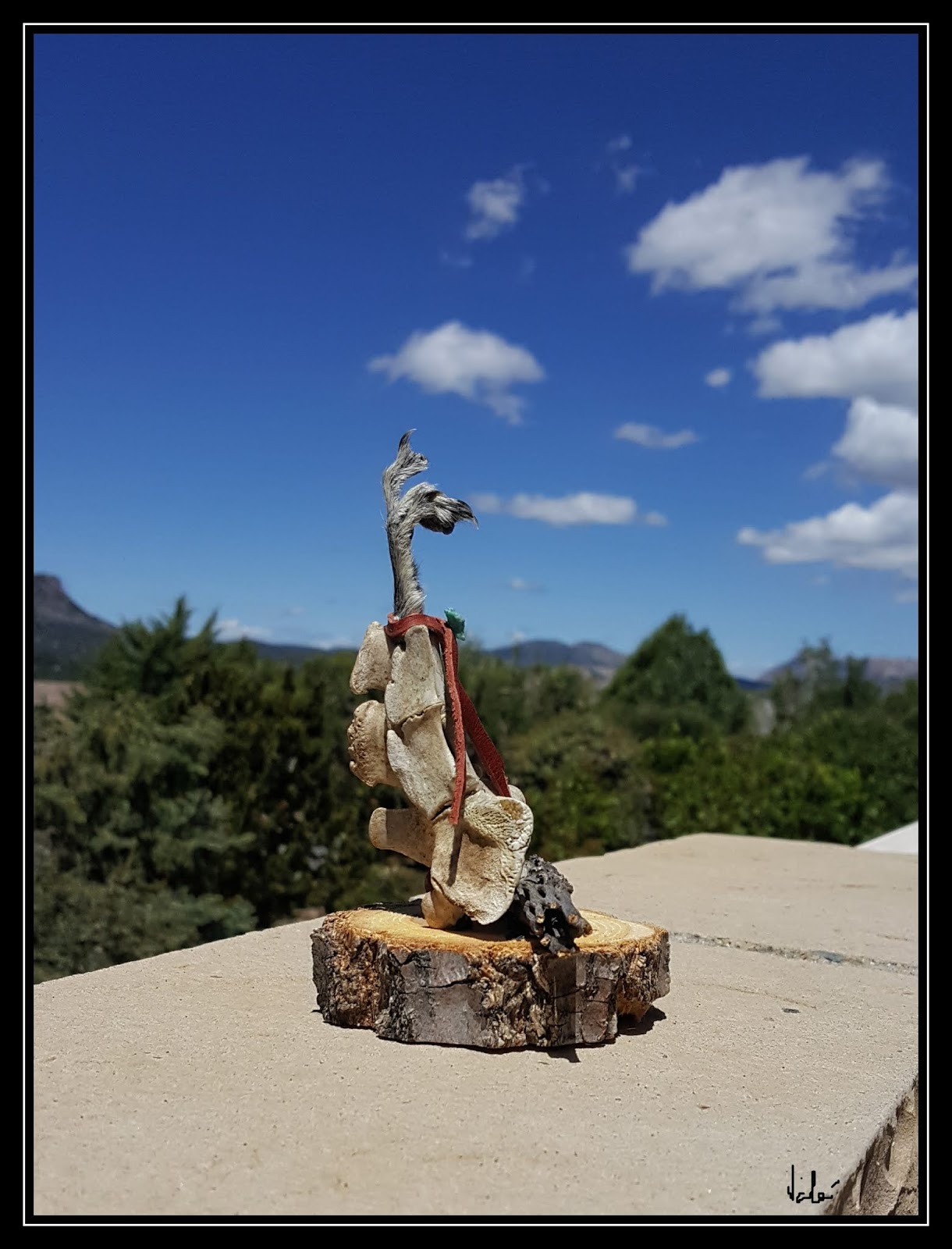Shining Light on a Donkey Jawbone
A short while ago, I found the jawbone of a donkey.
What was the donkey doing in the desert when the coyotes attacked it?
Well, there are about 5,000 wild donkeys in Arizona.
Historically, prospectors (gold and other mines) imported donkeys to Arizona in
the 1860s, and abandoned them when the mining boom ended. The origin of the
donkey is Africa, so the Arizona desert was a comfortable environment for
donkeys to thrive, especially since they did not have many predators.
I had not worked with a complete equine jaw, so decided
to let it tell me what it wanted to become after being in the desert sand for a
while.
… I did some research on the uses of equine jawbone
(horse, donkey and mule). Among the early uses of that bone seems as a weapon,
going back to Samson. Indeed, the King James Bible, in Judges 15:15 describes
the battle of Samson against the Philistines as:
“And
he found a new jawbone of an ass, and put forth his hand, and took it, and slew
a thousand men therewith”
So, that was a donkey’s jaw as expected given the
historical geographical habitat of donkeys. Indeed, it was the Spanish
colonists who brought the donkey to North America.
Another common use of the equine jawbone is as a
musical instrument. It is called quijada or charrasca, and it is percussion
instrument producing a powerful buzzing sound when the player rattles the loose
teeth on the jawbone. The quijada is used in music across Latin America,
including Mexico, Peru, El Salvador, Ecuador, and can be also found in Cuba.
I also learned that tribal ceremonial sticks sometimes
incorporate part of the jawbone as one finds in Northern Native American tribes
using moose or buffalo jaw.
… For my donkey jaw, I wanted to do something
different.
After positioning the jaw at various angles, I
decided to have it upright. This is how it looked at the start of the project:
Given the shape of the jawbone in the upright
position, I decided to paint variations of the Kokopelli, a prominent symbol in
Hopi art having its origins in the Anazazi mythology.
Here is one side of the jaw:
And the other side:
Now I needed more colour and symmetry, so I added a
circle and a few turquoise stones.
.. But still I was not sure how my new design can be
displayed or used. It was pointed and needed a softer identity.
The idea of turning it into a lamp, with the
lampshade giving it a cover became appealing.
I needed to keep the roundness of the jaw away from
straight lines a lamp base may have. So, with a steel frame I made a Kokopelli
profile, put a platform en guise of a hat, a holding rod to fit the electric
components, and a PVC pipe to hide my mistakes!
These are the pieces of the lamp:
When everything was ready to be assembled, I added a
wolf’s tail, trimmed the PVC pipe with squirrel hide, and just for the fun of
it, incorporated a hare tail under the painted circle.
… Someone else may have already transformed a donkey’s
jaw into a lamp, but I have not seen it!
February 23, 2018
©Vahé A. Kazandjian, 2018









Comments
Post a Comment